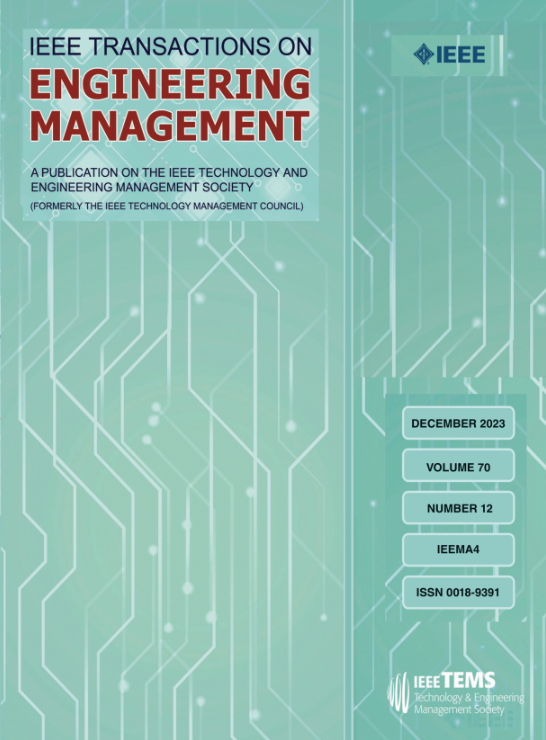Can the Input of Data Elements Improve Manufacturing Productivity? Effect Measurement and Path Analysis
IF 4.6
3区 管理学
Q1 BUSINESS
引用次数: 0
Abstract
We first used text analysis methods to define and measure the level of data element input. We qualitatively demonstrated that data element input can improve total factor productivity (TFP) by constructing a new classical economic growth model by adding data elements. On this basis, we built a translog stochastic frontier model to incorporate data elements into the production function and TFP measurement model. Using data from Chinese manufacturing listed companies from 2010 to 2023, we quantitatively measured and dynamically evaluated the impact of data element input on manufacturing TFP and the role of technical efficiency and technological progress. The results revealed the following: 1) Data element input as a whole is beneficial for improving manufacturing TFP, but the main path is the improvement of technical efficiency. Additionally, data processing and application significantly improve TFP, whereas data acquisition does not. 2) The impact of digitalization on the current industrial structure has not affected technological progress, but it has restricted improvements in technical efficiency. Data elements are increasingly becoming the critical material basis for the manufacturing industry's digital transformation. In this context, this study has the following practical value: 1) It helps better identify the critical path of data elements to empower manufacturing industry TFP to implement more targeted digital transformation in practice; and 2) it contributes to a more comprehensive understanding of the impact of digitalization on the manufacturing industry structure to fully leverage the positive role of data elements in enhancing enterprise productivity.数据元素的输入能否提高生产率?效果测量和路径分析
我们首先使用文本分析方法来定义和衡量数据元素的输入水平。通过加入数据元素构建新的经典经济增长模型,我们定性地证明了数据元素的投入可以提高全要素生产率(TFP)。在此基础上,我们建立了一个 translog 随机前沿模型,将数据要素纳入生产函数和全要素生产率测算模型。利用 2010 年至 2023 年中国制造业上市公司的数据,定量测算并动态评估了数据要素输入对制造业全要素生产率的影响,以及技术效率和技术进步的作用。结果表明1)数据要素投入整体上有利于提高制造业全要素生产率,但主要途径是提高技术效率。此外,数据处理和应用能显著提高全要素生产率,而数据获取则不然。2)数字化对当前产业结构的影响并没有影响技术进步,但却限制了技术效率的提高。数据要素日益成为制造业数字化转型的重要物质基础。在此背景下,本研究具有以下实践价值:1)有助于更好地明确数据要素赋能制造业全要素生产率的关键路径,在实践中更有针对性地实施数字化转型;2)有助于更全面地认识数字化对制造业产业结构的影响,充分发挥数据要素在提升企业生产率方面的积极作用。
本文章由计算机程序翻译,如有差异,请以英文原文为准。
求助全文
约1分钟内获得全文
求助全文
来源期刊

IEEE Transactions on Engineering Management
管理科学-工程:工业
CiteScore
10.30
自引率
19.00%
发文量
604
审稿时长
5.3 months
期刊介绍:
Management of technical functions such as research, development, and engineering in industry, government, university, and other settings. Emphasis is on studies carried on within an organization to help in decision making or policy formation for RD&E.
 求助内容:
求助内容: 应助结果提醒方式:
应助结果提醒方式:


